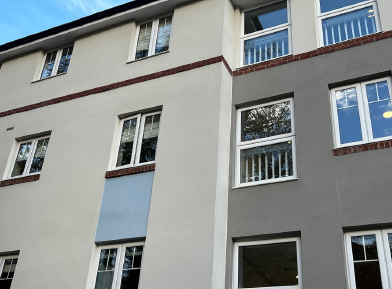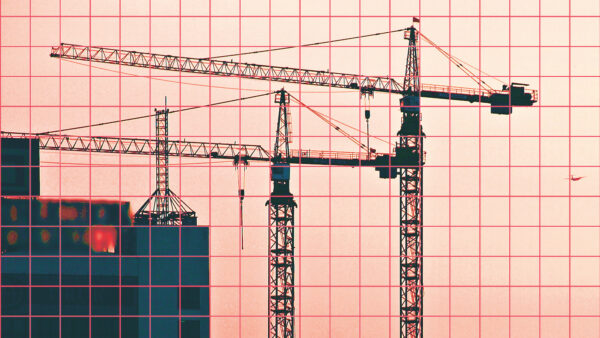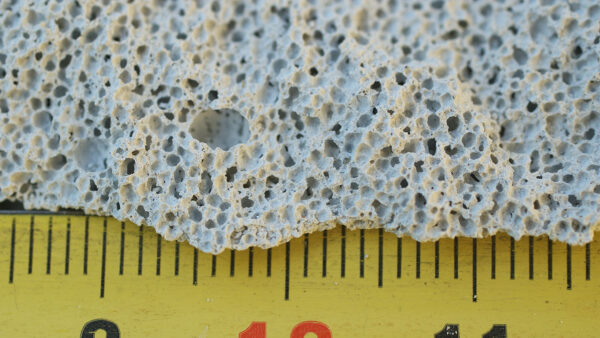Structural safety group CROSS has issued a ‘red alert’ after receiving reports of construction work, including cladding remediation, blocking smoke vents on buildings.
The CROSS (Collaborative Reporting for Safer Structures) alert highlights the safety risks associated with preventing the operation of smoke vents, in particular automatic opening vents (AOVs), by construction work on existing buildings. Red is the highest rating on CROSS’s traffic light system.
“AOVs are provided as part of a fire safety smoke control system,” the alert said. “In the event of a fire, an inoperable smoke vent poses a significant hazard. If smoke cannot be released from the building, it could hamper the escape of occupants and the ability of the fire and rescue service to fight a fire.”

AOVs are often designed to resemble regular windows for visual reasons, CROSS explained, which may lead contractors to overlook their critical function.
‘Safety role not perceived’
“Even if the windows are recognised as being different from the standard, their important role in the fire safety strategy may not be perceived,” it added.
According to one CROSS report, the AOVs on two buildings, styled to look like windows, were rendered inoperable for months after two cladding remediations. In the first, the contractors improperly disconnected the AOVs from their electrical components. In the second, new cladding was screwed into the frame of the existing AOVs.
Another CROSS report explained how an AOV was covered up during remediation work. This involved a subcontractor being engaged to apply render as the final finish of the facade after remediation. Working on the exterior of the building, from scaffolding, the subcontractor’s operatives took measures to protect the AOVs from the render that was to be applied. There may have been no sign or indication that the AOVs were not standard windows, the report said. The applied masking would have prevented the vents from opening in the event of a fire.
Contractor warning
The CROSS alert warned: “Contractors should always be aware of the potential for their activity to impact fire safety, both by increasing the likelihood of a fire through the introduction of combustible materials or hot work, and by interfering with the operation of fire safety provisions such as doors, detectors and AOVs.
“An AOV might easily be rendered inoperable by a scaffold pole, temporary masking, the storage of materials, or adjustments to cladding.”
CROSS is a safety reporting scheme supported by the Institution of Structural Engineers (IStructE), the Institution of Civil Engineers (ICE) and the Institution of Fire Engineers (IFE).
This article first appeared on Construction Management.











